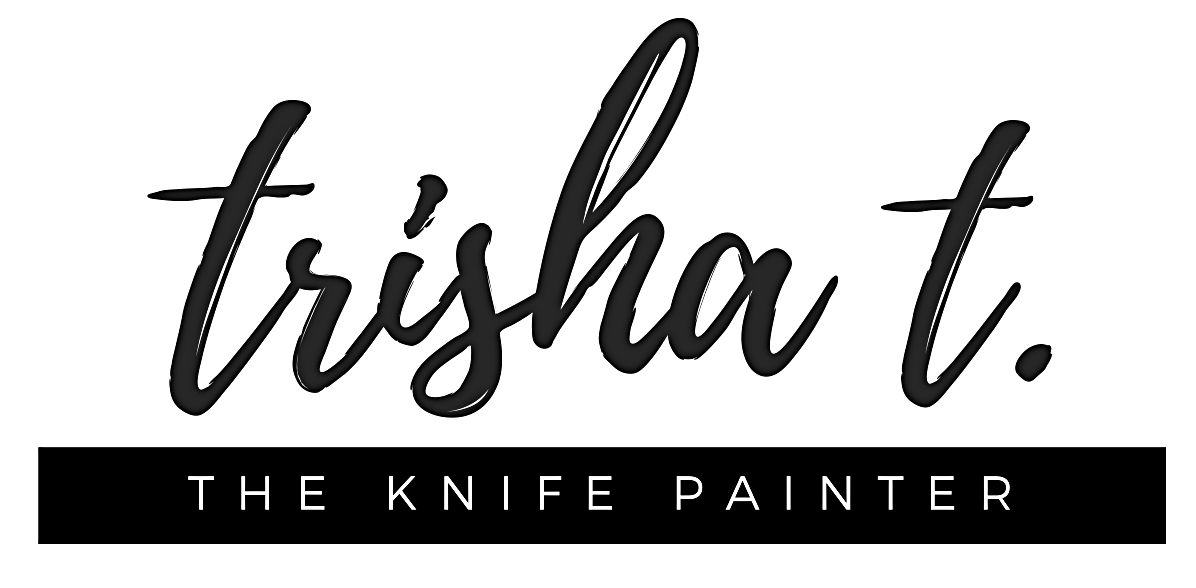Joshua Miels, Fade to Silence, 2016
Several weeks ago when I was looking around the web for information about the history of impasto techniques, I ran across a brand new (at least to me) artist named Joshua Miels. His impasto portraits totally captivated me.
Miels works out of a small studio in Adelaide, Australia, and has been making waves in the art scene there and all around the world over the last few years. He originally started out working as a graphic designer, but decided that he wanted to go full-time with his art, which is a challenge I can relate to. He dabbled a bit in digital artworks but seems to have been swayed by the power and beauty of the impasto style, as you can see from his portraits that I've included in this post.
There's something incredibly powerful and emotive about the way that he captures people in his work, a kind of raw honesty that creates a very strong emotional response. Much of his work is focused on the emotive ability of the face, and the information that it shares with the world - or just how much information the face can hide. In his website's About section, he quotes the famous poet E. E. Cummings, “The greatest battle we face as human beings is the battle to protect our true selves from the self the world wants us to be.”
Joshua Miels, Omega, 2016
Somehow, he manages to see through the masks his subjects wear every day, straight into the reality of how they actually feel - their true selves, as Cummings would put it. Not only that, but he actually manages to capture those selves quite beautifully in paint! His use of color is inspired, and his blend of brush strokes manages to balance out strength and delicacy.
To see more of Josh's incredible work, be sure to visit his site to check out his current portraits at http://joshuamiels.com/projects. You can also purchase pieces directly from his website, to help support him and his incredible talent!




















